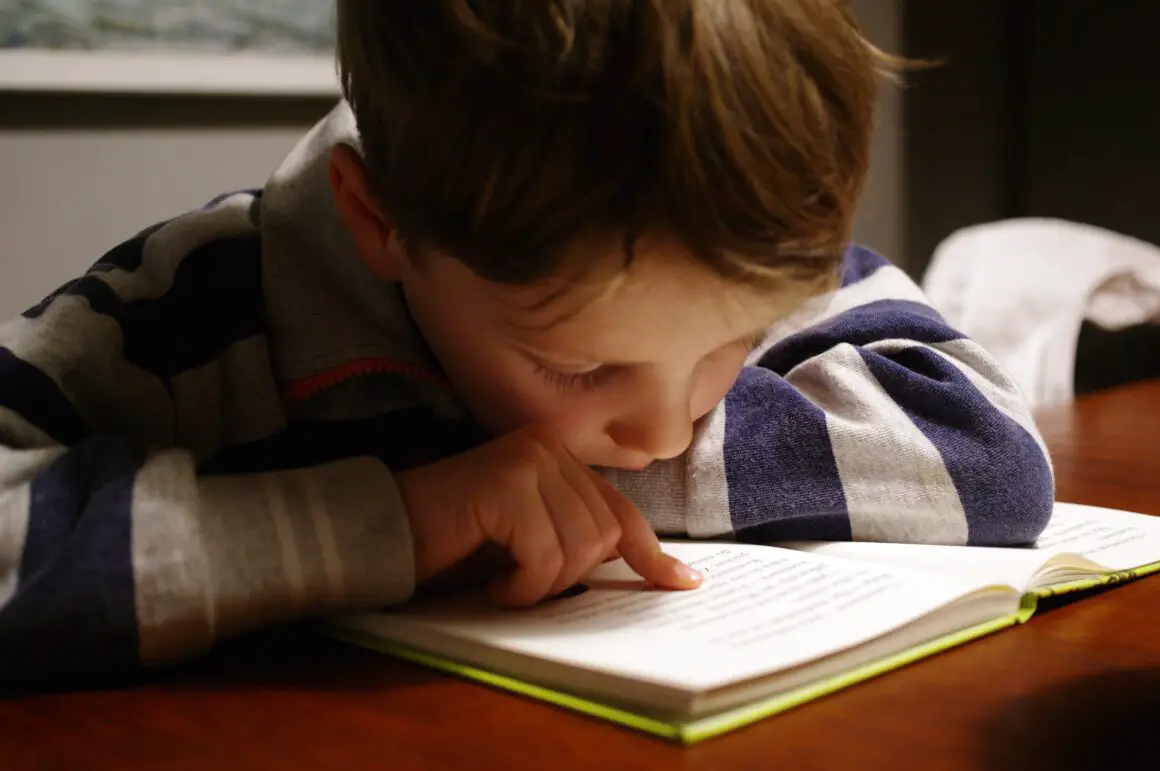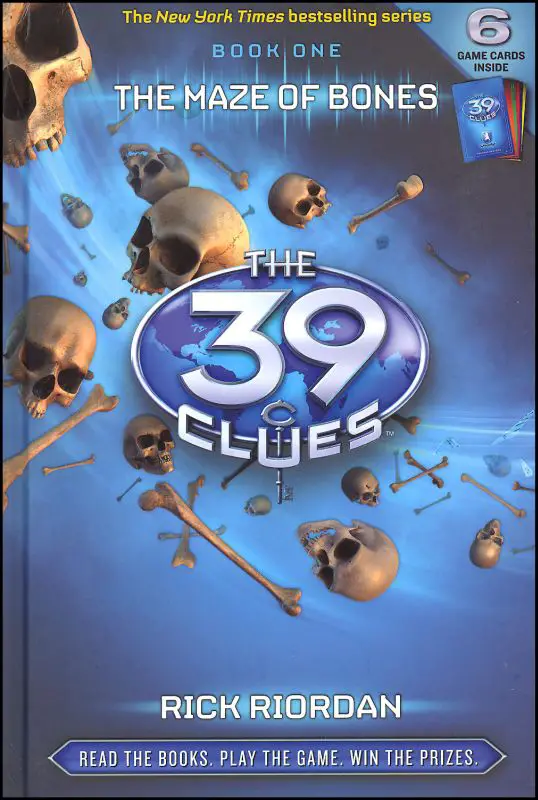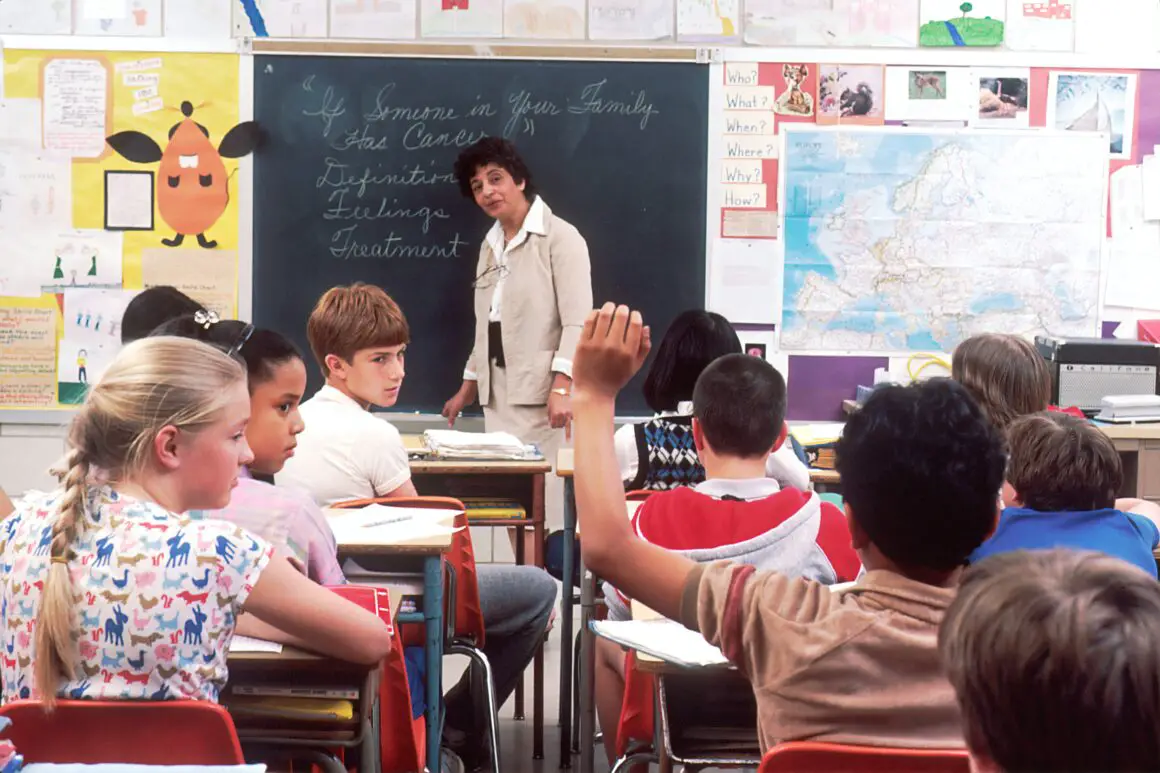Reading is a crucial part of education for all children, both in terms of academics and leisure. The ability to read opens the doors of opportunity for young people from all walks of life, so it is no wonder that reading has become a core lesson for children at an early age. Despite the importance of reading, studies have found a discrepancy between children who develop and maintain a love of reading in elementary and middle school, specifically between boys and girls.

A 2018 study of children at age 15 found that “more than 40% of girls reported reading at least 30 minutes a day, compared to only about a quarter of boys who did the same. The same study found that 44% of girls said that reading was one of their favorite hobbies, while only 24% of boys said the same.” Children form reading habits during early childhood and adolescence, but those habits must be maintained throughout all stages of life in order to be greatly impactful. The main time of life where boys seem to drop off from the enjoyment of reading is middle school.
A Lack of Books for Middle School Boys to Read
One of the many outlying factors that result in fewer boys reading than girls is the lack of books written particularly for middle school boys from ages 10 to 14. A majority of books written for middle school children are geared toward young girls, featuring heroines rather than heroes and schoolgirl crushes over schoolboy games. The focus on young girls becoming young women and the relationships they form lead to a deeper connection to reading for young girls because they can relate to the characters and their situations.
Related: Marketing Books to Boys
The increase in stories written with a focus on strong female leads has led to a movement that has empowered young girls, but it has inevitably led to a decrease in powerful male leads for young boys to connect to. As a result, these boys read less because “men…read fewer books with female protagonists than do women.” In order to increase the love of books in middle school boys, there needs to be an increase in characters and plots written for boys and an increase in novels written with middle school boys as their target audience.
Percy Jackson and the Olympians
As of now, the Percy Jackson and the Olympians series by Rick Riordan has arguably been the most successful set of middle-grade novels that has reached a wide audience, including middle school boys. The series depicts the story of a young boy, Percy Jackson, and his discovery that his father is the Greek god, Poseidon. As a result, Percy is sent on numerous quests by the gods and ultimately becomes a hero.

The reason this story has reached such a broad audience, including middle school boys, is the presence of the main character who is similar in age and life experience, and the overall storyline, which involves figuratively and literally fighting for what is right. The novels also include well-rounded characters of all genders, races, and backgrounds. Overall, the series provides a character and a plot line for all children. The only issue with the series is the level of reading is slightly too high for children new to middle school. By the time most children develop the ability to read at this level, they have already found a love of reading or have written it off as an activity that they do not enjoy.
I Survived and 39 Clues
Other series that are written at this level that may engage middle school boys include the I Survived series by Lauren Tarshis and the 39 Clues series. Both series offer a myriad of characters and situations that do include male leads. They are also quite extensive, both lasting over 10 books. However, after a while, both I Survived and the 39 Clues become predictable, and young children become bored with storylines that are repetitive and characters that are flat and lack significance.

Even sports books that are geared toward this middle school audience retell the same story, and they are not geared toward audiences who do not participate in sports. While there is nothing in particular that is wrong with these stories, for children who have developed the initial love of reading and have already read them, there are limited options to keep the children engaged beyond these initial stories.
The people mainly pushing for an increase in these types of books are teachers of these middle school boys. Teachers are one of the few providers of education for children, and without resources to connect with their students, they cannot fully do their jobs. Not only is there a gender gap in reading enjoyment but also in reading ability and comprehension. “One global study found that fourth-grade girls had higher advantage reading achievement levels in almost all of the 50 countries surveyed than boys in the same grade.” While reaching these students regardless of the circumstances is the teacher’s job, they cannot force reading comprehension upon a student, especially if they are not interested in reading at all on a leisurely level.
Teachers Struggling to Find Books
After speaking with a few teachers, it has become apparent that they struggle to engage their male students in reading, even outside of an academic setting, leading to no desire for boys to read within an academic setting. The lack of novels revolving around the experience of middle school boys leaves teachers with limited resources to pull from in order to help their students grow and develop a love of reading. Of course, it is impossible to reach every child with a novel written for every circumstance, but the current publishing world is missing a huge audience.
Related: Middle-Grade Books: The Rise of the Page Count
One teacher says: “[My student] is incredibly bright, but I don’t have any books for him to read. He’s started Percy Jackson, but it’s a little too difficult. I need something for my students to read that is in between the elementary level books and the books for upper middle school students.” Not only would an increase in novels for middle school boys increase their enjoyment of learning and reading, but it would also help teachers to nourish the desire to engage in literature.

Overall, it is clear that there is an unheard demand for books for middle school boys from the children themselves and those around them who want to instigate a love of literature in their children. While there are certainly a few books out there that seem to be geared more towards boys rather than girls, the ones readily available are not engaging, and they are pumped out with the same formula to create never-ending series.
In between the ages of 10 and 14 is where most of these boys lose their love of reading that may have developed in elementary school because there is nothing written for that audience. The need for books to reach a male middle school audience grows greater as teachers take on more students with fewer stories to introduce them to literature with characters they can relate to and grow to adore. The future cannot be bright when the world does not supply literature for all children.
